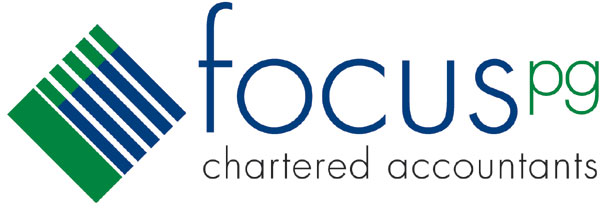The Government has introduced a one‑off, twelve month amnesty for historical underpayment of Superannuation Guarantee (SG) which commenced 24 May 2018. The Bill incentivises employers to come forward and “do the right thing by their employees” by paying any unpaid superannuation in full, as well as the high rate of nominal interest.
However, the amnesty will make it easier to secure outstanding employee entitlements, by setting aside the penalties for late payment that are normally paid to the Government by employers.
Employers that do not take advantage of the amnesty will face higher penalties when they are subsequently caught – in general, a minimum 50% on top of the SG Charge they owe.
This measure is in addition to the Government’s other superannuation reforms, including:
- giving the ATO the ability to seek court ordered penalties in cases where employers defy directions to pay their SG liabilities (including up to 12 months jail in the most egregious cases of non-payment);
- requiring superannuation funds to report contributions received more frequently, at least monthly, to the ATO (to enable the ATO to identify non-compliance and take prompt action);
- “bringing payroll reporting into the 21st century” through the rollout of Single Touch Payroll (STP); and
- improving the effectiveness of the ATO’s recovery powers, including strengthening director penalty notices and the use of security bonds for high-risk employers, to ensure that unpaid superannuation is better collected by the ATO and paid to employees’ super accounts.
The Treasury Laws Amendment (Superannuation 2018 Measures) Bill 2018 also includes measures to streamline and support the integrity of superannuation tax system, by:
- allowing employees with more than one employer to avoid inadvertent breaches of their concessional contribution cap from compulsory contributions by applying to the ATO for an exemption certificate for some of their employers; and
- ensuring that the cap on tax-free retirement phase assets cannot be circumvented through the use of non-arm’s length expenditure or certain strategies using limited recourse borrowing arrangements (LRBAs).
Reference:
Assistant Treasurer’s Media Release, 24 May 2018 http://kmo.ministers.treasury.gov.au/media-release/056-2018/



